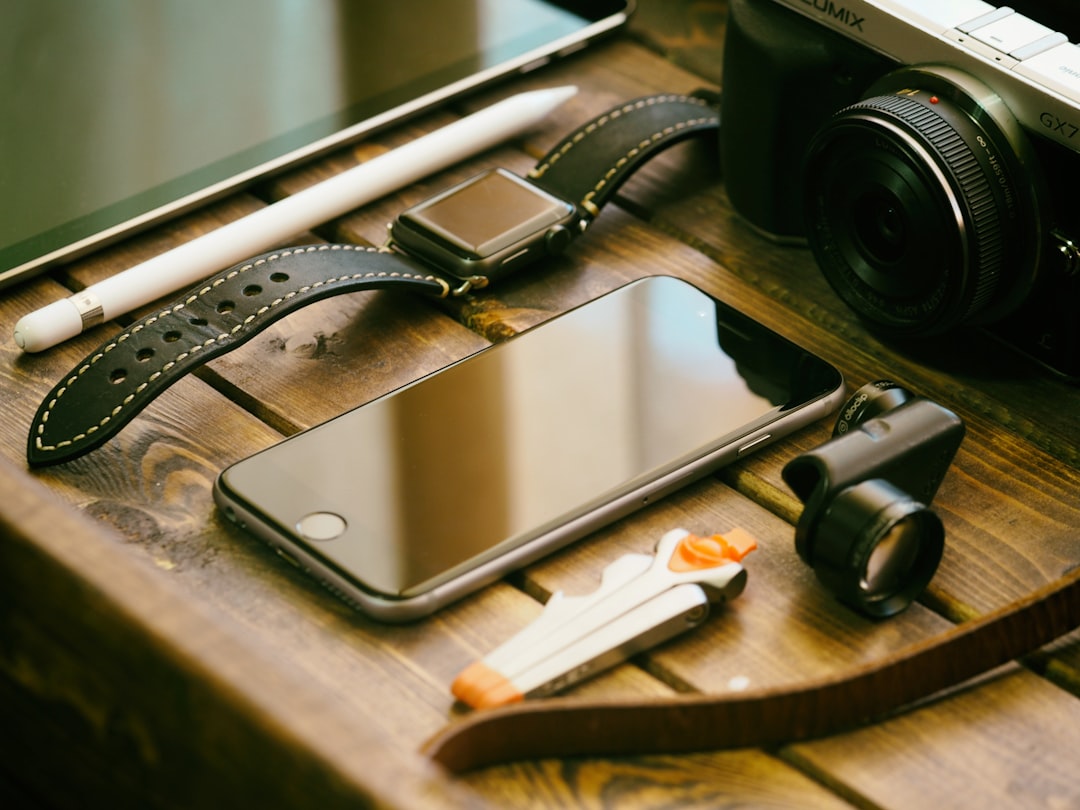Tips From An Amateur Photographer
People say I take pretty good photos. Here's how.
I am only an amateur photographer, but I’ve received a lot of nice compliments on my photos here and on social media, and also some requests for advice on how to take better pictures.
So I figured it was time to share some of what I’ve learned about photography over my last five years of travel.
Don’t worry: this isn’t a super-geeky guide about fancy cameras or how to use apertures or f-stops. Because, frankly, I don’t know what an f-stop is, and I take pics with a Pixel 4a.
Which brings me to our first topic.
Camera vs Phone
The more serious I grew about my photography, the more I agonized over whether I should be using a proper camera rather than my Pixel phone. I did a great deal of research and came away with these conclusions:
Camera phones have made huge strides over the years in terms of quality. Frankly, what most camera phones can do today is extraordinary.
But! They can’t do everything. Even today, zooming with a phone camera doesn’t produce the best quality. So if you’re hoping to be a professional photographer or take absolutely professional-looking pictures, you’ll probably want to invest in a proper digital camera.
But! Those cameras can be very expensive. And complicated to use. On top of that, you’ll almost certainly end up needing different lenses, tripods, and other equipment. This can all be a bit overwhelming.

What’s the take-away? Get a camera if you want, but there’s absolutely no shame in simply using your phone either.
The way I see it, the best camera is the one you have with you when you really want to take a picture. And your phone is probably always going to be with you. Just sayin’.
I might get a proper camera one of these days. But I’m not planning on it any time soon.
Composition
The “composition” of a photo is the way in which you arrange and frame the objects in the photo.
Serious photographers say one of the most important aspects of composition involves something called “the rule of the thirds.” That’s when you divide your picture into nine equal sectors using two horizontal lines and two vertical lines. These imaginary lines can help you frame your objects.
You can also think of the old Brady Bunch opening credits, except without the Bradys.
You might think that putting the central object in the center of the photo is best, right where Alice is. And it can be! But that can also be a bit static or boring.
So consider putting your object in the left or right column, specifically aligning it at the intersection of the imaginary lines — right between Jan and Alice, or even Carol and Greg.
By putting your subject at one of the intersection points, you leave room for the viewer’s eyes to move around the image and explore the picture, rather than simply looking at the subject and moving on.
Keep reading with a 7-day free trial
Subscribe to Brent and Michael Are Going Places to keep reading this post and get 7 days of free access to the full post archives.


